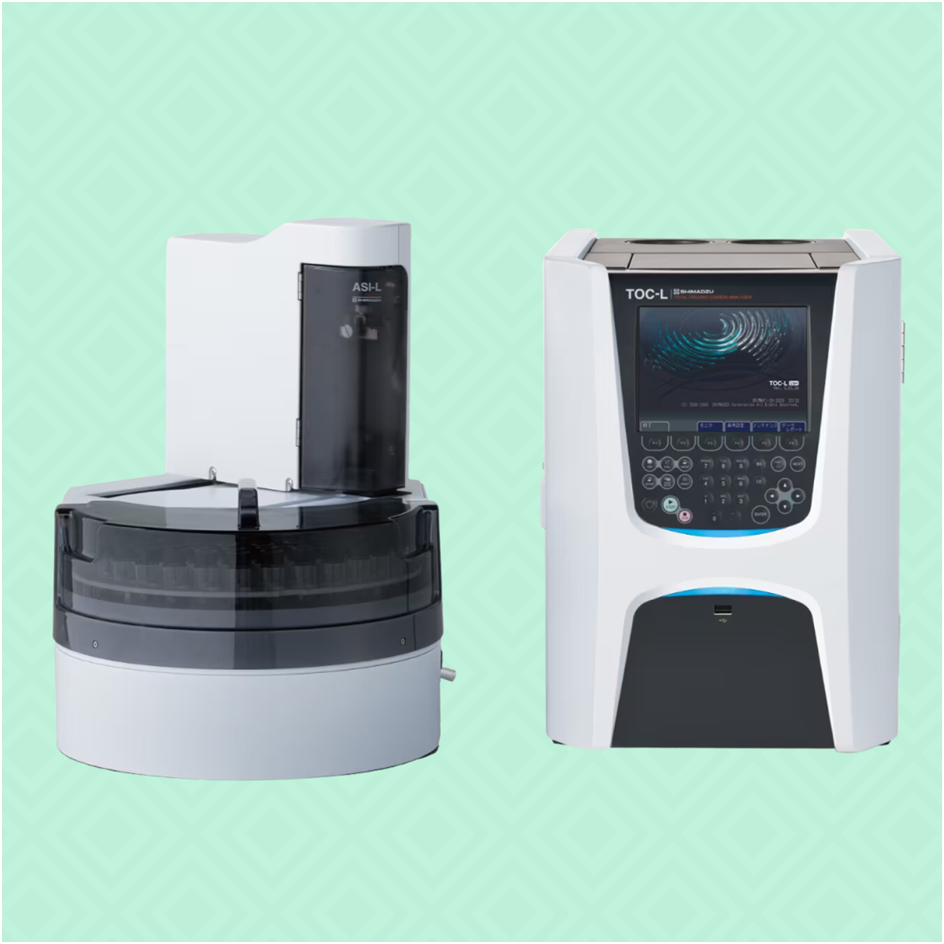Total Organic Carbon (TOC) analysis is a vital technique used in various industries to measure the organic content in water and other liquid samples. However, like any analytical process, TOC analysis can present challenges that may hinder accurate results. In this article, we will explore common issues faced during TOC analysis with a TOC analyzer and provide valuable tips and solutions to overcome them. Whether you’re a seasoned analyst or a beginner in the field, these insights will help you streamline your TOC analysis and improve its reliability.
Poor Baseline Stability
One common issue encountered in TOC analysis is unstable or noisy baselines. This can lead to inaccurate measurements and difficulty in detecting low-level organic compounds. To address this problem, ensure proper equilibration time for the system before analysis. Additionally, check for air bubbles in the sample or carrier gas lines and eliminate them. Regularly cleaning and maintaining the TOC analyzer is also essential to prevent contamination.
Interference from Inorganic Carbon
Inorganic carbon, such as carbonates and bicarbonates, can interfere with TOC analysis by contributing to the measured carbon content. To minimise interference, consider acidification of the sample to remove inorganic carbon before analysis. Alternatively, opt for TOC analyzers equipped with acidification modules to automate this process.
Sampling and Sample Preparation Issues
Sample collection and preparation play a crucial role in accurate TOC analysis. To avoid common sampling and preparation issues, use high-quality sampling containers to prevent contamination. Minimise exposure of the sample to air, as it can lead to CO2 absorption and skewed results. Additionally, filtering the sample to remove particulate matter that can clog the TOC analyzer is recommended.
Calibration Drift
TOC analyzers require regular calibration to maintain accuracy. Calibration drift, where calibration standards deviate over time, can lead to erroneous measurements. To address this, follow the manufacturer’s recommendations for calibration frequency and procedure. Routinely validate calibration standards using secondary methods or certified reference materials.
Memory Effects
Memory effects occur when residual organic compounds from previous samples contaminate subsequent analyses. To minimise memory effects, run blank or rinse samples between each analysis to clean the system. Utilising automatic sample flushing features available in advanced TOC analyzers can also help reduce memory effects.
Maintenance and Instrument Performance
Regular maintenance is crucial to ensure optimal performance of TOC analyzers. Clean the combustion or oxidation chamber regularly to remove carbon deposits. Verify and replace consumables, such as combustion tubes or oxidation catalysts, as recommended by the manufacturer. Keeping the TOC analyzer in a controlled environment to minimise temperature and humidity fluctuations is also important.
Analysing Difficult Samples
Certain samples can pose specific challenges in TOC analysis. For example, samples with high salt content or high levels of suspended solids can affect the accuracy of measurements. To analyse difficult samples effectively:
- Dilute the sample if the salt content is too high, ensuring it falls within the linear range of the TOC analyzer.
- Use filtration or centrifugation techniques to remove suspended solids before analysis.
- Consider utilising specialised sample introduction systems or sample preparation techniques designed for challenging samples.
Conclusion
TOC analysis with a TOC analyzer can encounter several challenges that may affect the reliability of results. However, by following the tips and solutions provided in this article, you can overcome these issues and improve the accuracy of your TOC analysis. Implementing good laboratory practices, proper maintenance, and staying updated with the latest advancements in TOC analysis technology will ensure efficient and accurate analysis of organic carbon content in your samples.
So, equip yourself with the knowledge and strategies outlined here, and take your TOC analysis to new heights of precision and reliability! Visit Ansac Technology’s website today!












